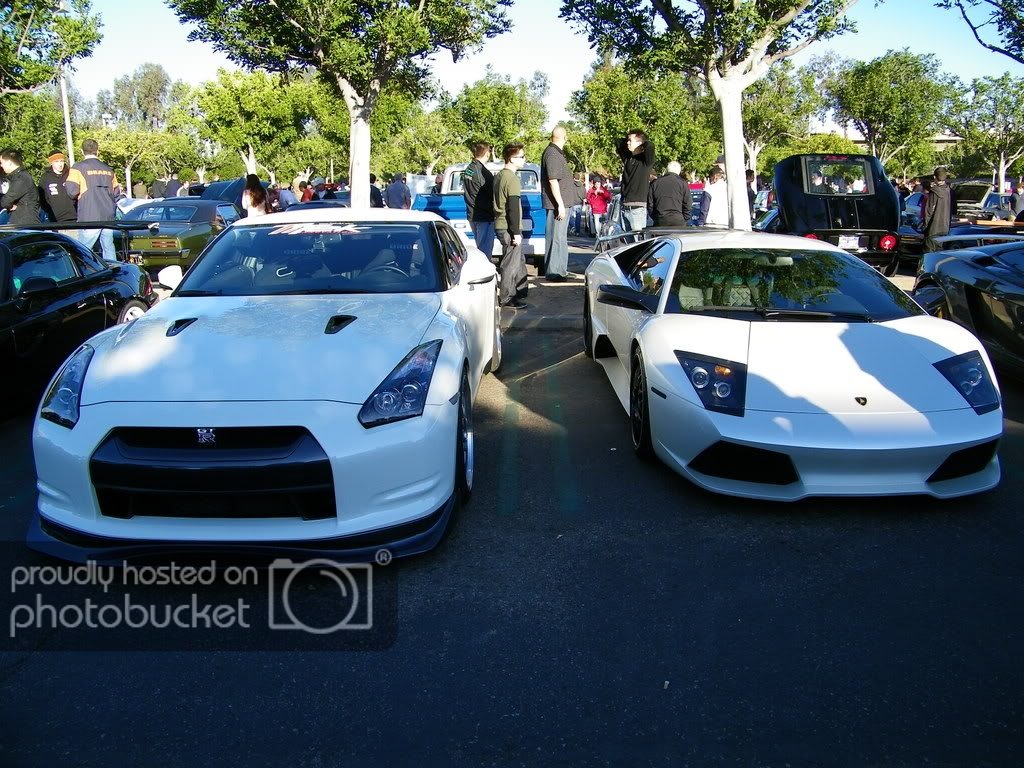Some tests report the GT-R is twitchy at the limit, so I'm not really all that bothered about it. Besides, if it were stable under braking, it would be even more ridiculously fast than it is now... I dread racing against the GT-R online... it's so heavy that punters can knock my little Elise clear into tomorrow with a small nudge...

Yes but if boost is controlled to a given absolute pressure then that absolute pressure should result in the rated power numbers...
Not the car boosting up to whatever then backing off to keep power at rated.
Really late reply to this, sorry.
By maintaining absolute manifold pressure, you
are maintaining power numbers... meaning you get the same effect at the engine, the same absolute psi worth of compression in the cylinders, no matter what atmospheric is or what boost you're running.
And the dynos show that it
is getting the power numbers Nissan claims
it's going to get. For further explanation of how benchracing dyno numbers between different brands and dynos is inherently stupid, look for my post in page... errh... ten? twenty? of this thread... Dyno manufacturers and experienced multi-dyno operators know this. Most mainstream auto-journalists understand it about as well as they understand Economics 101.
Reading the boost pressure on the dynocharts given that include them, it hits maximum boost at low rpms and then holds it till redline, like many modern turbocharged cars, the GT-R has an artificially inflated torque curve.
This is not unique to Nissan. BMW does it with the 335. VW-Audi have done it, too. This gives new variable geometry turbocharged cars an incredible midrange, which is why the GT-R can out-accelerate many supercars... it's making "only" 480 hp, but it's making over 400 hp much longer than a high revving Ferrari, which achieves its 400-500 hp output only at the very top of the rev range. So while a Ferrari is climbing up through 100-200-300 hp, the Nissan is slowly pulling away.
At high speeds, all of these cars are at high rpms, already, so the GT-R's power advantage is nullified, and over the standing mile and at top speed, it falls far short of the competition.
----
As an addendum to my old dyno arguments, do you know that ramp rates effectively skew dyno numbers?
Apparently, the faster you accelerate a car on the dyno, the less power it makes, as some of the power is bled away to rotate the crankshaft, driveshaft and drive-axles. So, if you want your car to make more power on the dynojet, accelerate slooooowly.




 ? Either PD seriously handicapped it, or Nissan is evil. Either way, why am I the only one vexed?
? Either PD seriously handicapped it, or Nissan is evil. Either way, why am I the only one vexed?
 What a "HUGE" improvement on last years safety car, The 300C!
What a "HUGE" improvement on last years safety car, The 300C!  'What were they thinking'...?
'What were they thinking'...?